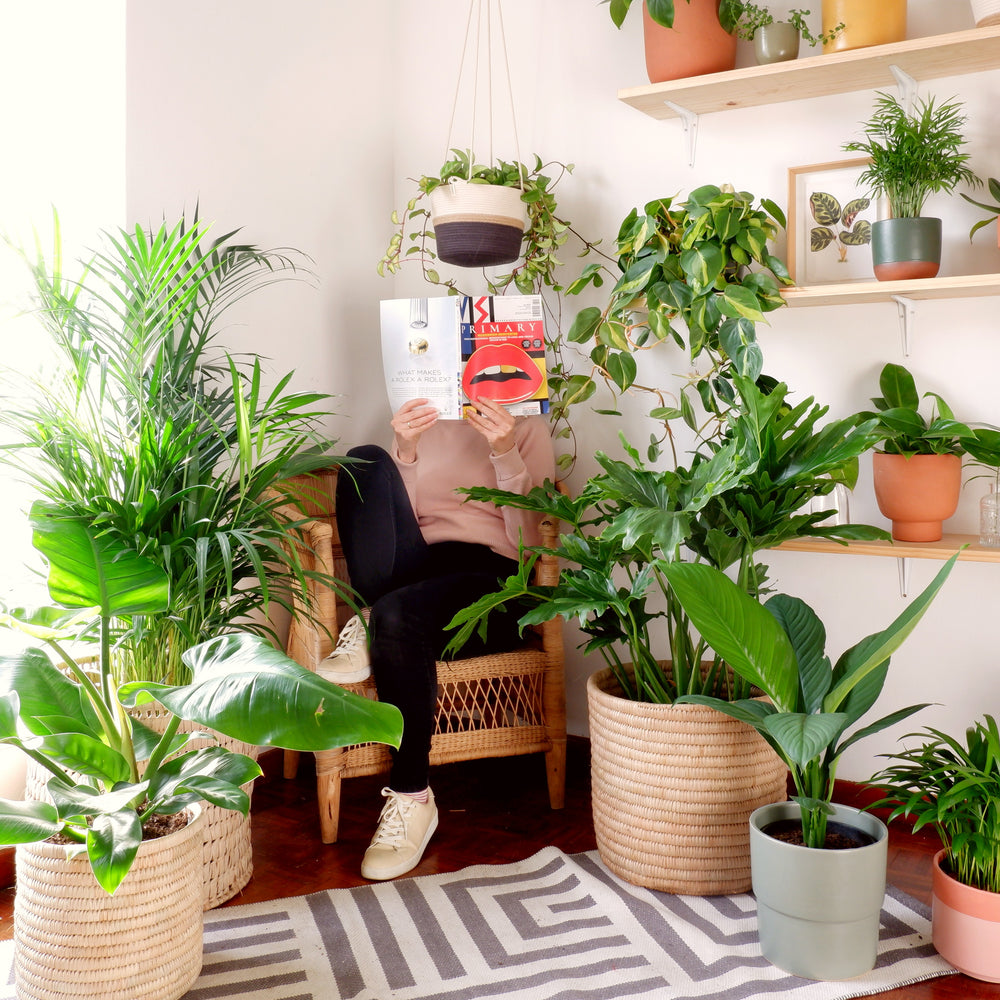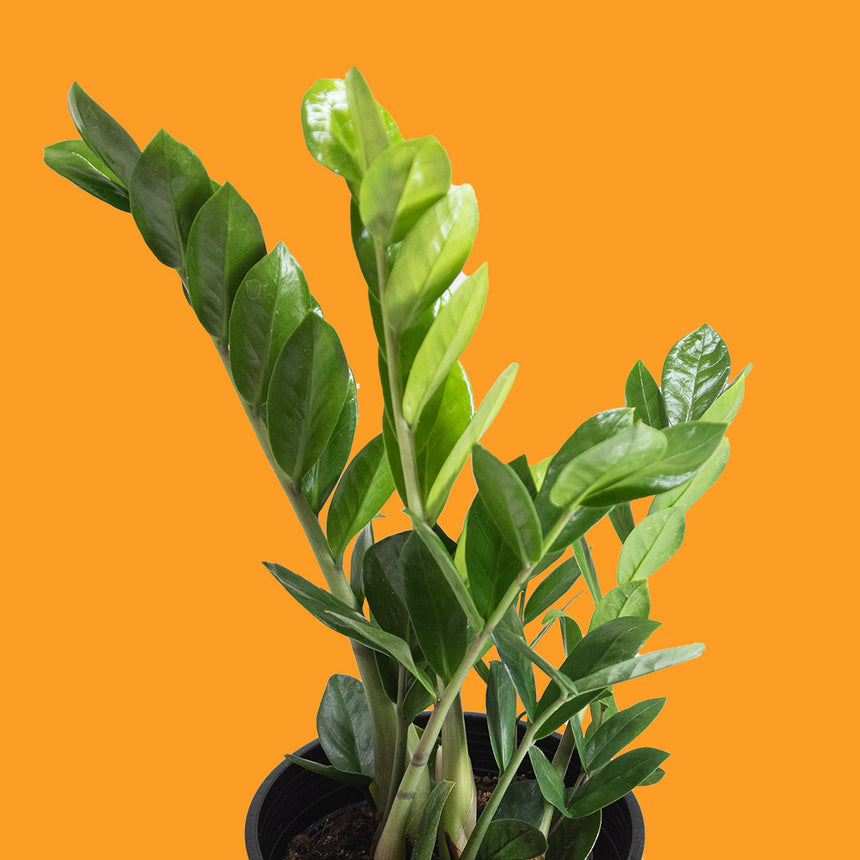The Best Low-Light Indoor Plants You Can Grow Without Natural Light
The Best Low-Light Indoor Plants You Can Grow Without Natural Light
Blog Article
Transform Your Home With Beautiful Low-Light Indoor Plants and Their Benefits
Incorporating low-light interior plants right into your home can considerably enhance both the environmental and visual quality of your space. These plants, which thrive in dim problems, serve not only as decorative components however likewise as all-natural air purifiers, making them perfect for city occupants or those with limited sunlight exposure. As we discover the numerous sorts of low-light plants and their benefits, you might locate unexpected means to integrate them into your home that can change your environments in ways you could not have expected.
Advantages of Low-Light Plants
Low-light plants offer countless advantages for indoor environments, making them a superb choice for both novice and experienced garden enthusiasts. One of the primary advantages is their flexibility to low-light conditions, enabling individuals to enhance their living areas without the requirement for comprehensive sunlight direct exposure. This particular makes them excellent for apartments, offices, and various other locations with minimal natural light.

Furthermore, including low-light plants right into home décor can raise the aesthetic allure of a space. Their rich foliage and varied textures produce a calming atmosphere, adding to total well-being. Finally, the presence of greenery has been connected to reduced stress levels and enhanced efficiency, making low-light plants a useful option for improving both physical and psychological health and wellness in interior setups.
Leading Low-Light Indoor Plants
While lots of interior plants prosper in brilliant light, a number of species are especially appropriate for low-light problems, making them suitable for numerous interior rooms. One prominent choice is the Snake Plant (Sansevieria), known for its striking upright leaves and strength, needing very little treatment. Another excellent option is the Pothos (Epipremnum aureum), which includes heart-shaped fallen leaves and can route perfectly from racks or wall mounts, prospering in low light and including a lavish touch.
The ZZ Plant (Zamioculcas zamiifolia) is celebrated for its glossy leaves and ability to endure disregard, making it best for active way of lives. The Peace Lily (Spathiphyllum) not just endures reduced light however also creates sensational white flowers, enhancing any kind of room's visual.
For a distinct touch, take into consideration the Cast Iron Plant (Aspidistra elatior), which undoubtedly meets its name, prospering in the darkest edges of your home. The Chinese Evergreen (Aglaonema) uses a range of leaf patterns and shades while being incredibly forgiving in low-light problems. These plants not only beautify indoor atmospheres however additionally add to air filtration, enhancing your living area.
Care Tips for Low-Light Plants

Sprinkling techniques are crucial; these look at these guys plants typically favor somewhat completely dry conditions. Overwatering can bring about root rot, so ensure that the leading inch of soil is completely dry prior to sprinkling again. Use pots with water drainage holes to enable excess moisture to run away.
Humidity is another vital element. Numerous low-light plants, see this website such as brushes and peace lilies, advantage from greater moisture levels. To raise humidity, think about misting the fallen leaves or putting a tray of water near the plants.
Fertilizing should be approached with care. During the expanding season, make use of a thinned down, well balanced fluid plant food on a monthly basis to sustain growth, yet stay clear of fertilizing during the inactive cold weather.

Creative Ways to Display Plants
Indoor plants can function as captivating prime focus in any type of room, enhancing both aesthetic charm and atmosphere. Creative displays can elevate the visual effect of low-light plants, making them an essential part of your home design. One efficient method is to use tiered plant stands, which allow you to display multiple plants at differing elevations while taking full advantage of floor space.
Hanging planters are an additional ingenious alternative, creating a feeling of deepness and attracting the eye upwards. Take into consideration macramé wall mounts or wall-mounted shelves to introduce a distinct texture and style.
For a more organized strategy, usage geometric terrariums or glass containers to house your plants, including a modern touch to your indoor yard. You can additionally repurpose classic products, such as teacups or wooden crates, for a diverse display that mirrors your personality.
Enhancing Home Setting With Plants
Integrating low-light plants into your home not only enhances visual appeal but additionally contributes considerably to the overall setting. These plants work as all-natural decoration elements, presenting a sense of peace that can change any type of room. The visibility of greenery cultivates a soothing atmosphere, which is specifically valuable in high-stress atmospheres such as office or living areas.
Low-light plants, such as snake plants, pothos, and ZZ plants, are not only aesthetically pleasing however also enhance interior air high quality by filtering contaminants. This dual feature improves the ambiance additionally, developing a much healthier living space (Best low-light indoor plants). The critical placement of these plants can additionally influence the understanding of space; as an example, high plants can attract the eye up, making ceilings show up greater and rooms much more sizable
Furthermore, varying appearances and shades of foliage add find out here now depth to interior decoration, allowing for creative expression in home designing. Whether put on racks, in corners, or as centerpieces, low-light plants can raise the state of mind of any kind of space. In recap, including these plants into your home is an efficient means to cultivate a warm, welcoming ambience while profiting of enhanced air quality and aesthetic adaptability.
Verdict
Incorporating low-light indoor plants into home atmospheres supplies various benefits, including improved visual charm and improved air high quality. These resistant plants, such as the Serpent Plant and Tranquility Lily, call for marginal light and maintenance, making them appropriate for diverse way of lives. Their ability to filter pollutants adds to a healthier living area, while their different appearances and shades enhance interior decor (Best low-light indoor plants). Inevitably, the incorporation of low-light plants fosters a calm and inviting atmosphere, transforming any home right into a tranquil sanctuary.
While numerous interior plants flourish in bright light, numerous species are specifically appropriate for low-light problems, making them excellent for different interior areas. One effective technique is to use tiered plant stands, which enable you to display several plants at differing heights while making best use of flooring area.
Low-light plants, such as snake plants, pothos, and ZZ plants, are not just aesthetically pleasing yet likewise boost indoor air high quality by filtering system contaminants. Best low-light indoor plants. The critical placement of these plants can likewise affect the perception of area; for circumstances, tall plants can draw the eye upwards, making ceilings show up higher and spaces extra roomy
These resistant plants, such as the Serpent Plant and Peace Lily, need marginal light and upkeep, making them suitable for diverse way of lives.
Report this page